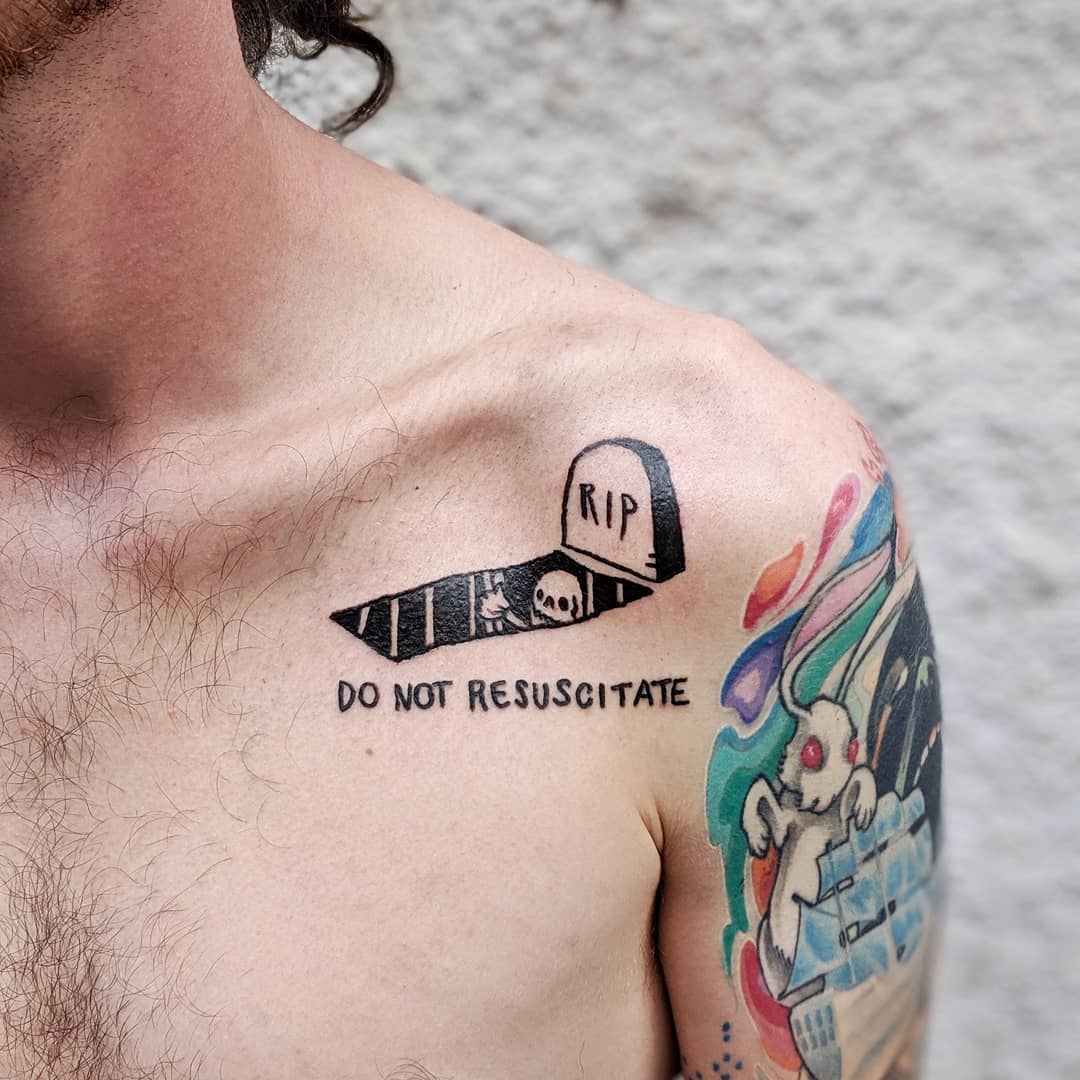Do Not Resuscitate
Published (updated: ).

End-of-Life discussions or advance care planning (ACP) with family and primary care providers can be challenging, but they are necessary to maintain patient autonomy and reach a well-informed decision. Studies have shown that less than 30% of survey participants have an advance directive. Most individuals with advance directives share similar characteristics: chronic illness, regular access to healthcare, higher income, higher education, and older age.
Function
Advance directives may vary by state, but all are designed to outline care preferences in the event one becomes incapacitated. Initiating a discussion and implementation of an advance directive should include patient care preference regarding code status or cardiopulmonary resuscitation. Advance directives are legal documents but are not medical orders. Though many advance directives include preferences pertaining to cardiopulmonary resuscitation, they are not equivalent to Do-Not-Resuscitate (DNR) or Do-Not-Intubate (DNI) orders. Furthermore, some directives clearly specify exactly what is wanted for a given situation, while others, as noted above, remain vague. It is important to specifically illicit patient preference regarding DNR and DNI during an advance directive discussion. According to one study, it may be beneficial to start with two simple questions: “If you cannot or choose not to participate in health care decisions, with whom should we speak?” and “If you cannot or choose not to participate in the decision-making, what should we consider when making a decision about your care?” Though these questions may help initiate a dialogue, they do not specifically address patient care preferences regarding DNR and DNI, and further detailed discussions are needed. For select hospitalized patients without advance directives or DNR/DNI orders, physicians may find the discussion difficult but necessary. Unfortunately, there may exist a notion that do-not-resuscitate equates to do-not-treat. It is paramount that all parties involve understand do-not-resuscitate does not mean all treatments are discontinued and standard of care is not hindered by a DNR order. Gauging a patient’s or proxy’s understanding of the current condition and expectations can be a useful introduction to the discussion. The questions noted above can also be used to guide the physician but do not specifically address DNR or DNI preferences. Physicians educated in the skills necessary to have the discussions have led to an increase in patient preferences at end-of-life. Despite the evidence, however, junior physicians report little formal education regarding palliative or end-of-life issues and have cited hospital culture as a deterrent to engaging and learning more about the subject. Minimal training in end-of-life discussions and exposure to palliative care patients at the medical school level is another barrier to physician comfort in end-of-life care. Regardless, earlier and more complete discussions regarding a range of care preferences should be undertaken, and early involvement of a palliative care team may lead to better understanding of a DNR order. An interprofessional approach can further solidify the process by utilizing nursing and case management resources. Once patient care preferences are decided, an order in the form of a legal document is added to the medical record. It is important to note that different hospitals and States may use different documents to indicate DNR and DNI orders and include: Medical Orders for Scope of Treatment (MOST), Medical Orders for Life Sustaining Treatment (MOLST), Physician Orders for Scope of Treatment (POST) and Physician Orders for Life Sustaining Treatment (POLST).
